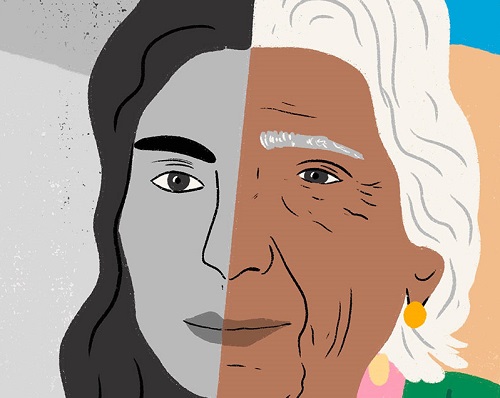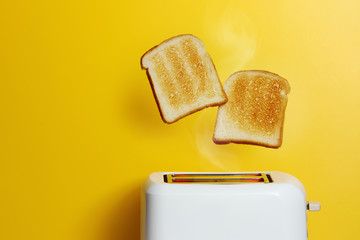
Why wouldn’t want to look and feel younger longer? From our lifestyle choices and daily environment and culture, how much does our health, energy levels and rate of ageing depend on the choices we make daily?
Through making distinct lifestyle choices it’s reassuring to know that you can improve what may seem to be a ‘set path’. Your environment, daily habits of body and mind, how often you move and what form of movement, what environmental toxins you’re exposed to in your home and office, what you eat and drink, and how you manage or mismanage your hormones all lead to quality of life.
Research is mounting about how important it is to direct our health or genetic destiny. You might be forgiven for blaming genetics for factors such as premature ageing or disease but this is now being proven otherwise with ninety per cent of the signs of ageing and disease being caused by lifestyle choices, not by your genes. 90 per cent of your risk is from the environment (the way you eat, move, think, and supplement, among other factors), and only 10 per cent of your risk is genetic. (Dr. Sara Gottfried calls this the 90/10 rule.)
How awesome is that??
With is information we can, in fact, change the direction of our current health style to one we may have never envisaged. By turning on and off genes through lifestyle prompts it’s entirely possible.
So where do we start with lifestyle factors and what ones am I actually talking about? This is a massive topic and one that I dive into in detail in my Naked Habits eBook but for a taster – here are some you can begin with straight away.
6 Things You Can Do Today to Help Energy and Aging
- Track your steps
I’m not too fussed for gadgets but one that tracks my daily steps is pretty darn handy. Having the goal of 10,000 steps (about 8km) in mind is a good motivational tool that can help to focus your efforts on staying moving throughout the day. You may be surprised at how much or little you already do. It won’t help tackle any issues around healthy eating nor behavioural weight gain so don’t become too fixated on the numbers. It’s more so a great tool to understand your physical activity patterns and where changes can be made.
Why at least 10,000 steps? The recommendation of 10,000 steps a day originally came from Japanese researchers in the 1960s. Dr Hatano’s calculations estimated that 10,000 steps could burn around 20% of an individual’s caloric intake and improve health and fitness. Either way 10,000 is a great baseline and over that is going to be a bonus.
- Go to Sleep Earlier
If you are fitting in 10,000 steps a day you may find yourself wanting to nod off a little earlier. This is a good thing! Our deepest sleep occurs before midnight so aim to hit the sack as earlier as you can.
I find parents today are so used to functioning in ‘tired mode’ that it’s taken as the norm. No binge-worthy show is more important than good quality sleep. Other benefits include increased energy, hormone balancing, appetite reduction (we look for sugar to stay awake), lower stress and a sharper mind. Experts are also finding links between mood disorders (anxiety, depression) and poor sleep and chronic sleeping issues can actually trigger mental health issues.
Avoid stimulants before bed – chocolate, caffeine (yes that means green tea), alcohol and smoking (seriously who still does that?) and have a wind-down routine such as reading a book (not from a device) in low light.
- Learn to Read Food Labels
Forget what it says on the front of the packet and what claims a product has. We’re more interested in what it DOESN’ T say.
Marketing gurus aren’t going to tell us something is high in sugar or toxic to our system so be your own detective and be one step ahead. Ingredient lists give an even better indication. The higher up on the list an ingredient is the more there is but be careful not to fall into the trap of not recognising ingredients such as sugar under other names (corn syrup, malt, evaporated cane juice etc).
Jump over here for a full rundown on how to read food labels
- Reduce Your Toxic Load
Make easy swaps from your household cleaning products to organic, non-toxic versions. Use glass, ceramic or stainless steel for storing or preparing foods. Toss the Teflon pans. When choosing makeup, find a clean lipstick to reduce exposure to lead, select a low-toxicity nail polish and don’t use perfumes and choose aluminium free deodorants.
Dr. Sara Gottfried puts it bluntly. “All these environmental toxins put a serious strain on your liver, which works similarly to a chemical treatment facility. When barraged with chemicals from the skin, airways, blood, and the gastrointestinal tract, your body, which is designed to flush out these toxins, works overtime and creates a backup of unprocessed toxins. Too much exposure, too large a backup, and you start to feel more symptoms, and are hit with accelerated ageing and illness.”
- Increase your detoxifying foods
Imagine foods such as broccoli, cauliflower, brussel sprouts and bok choy as being an internal broom to your liver. Cruciferous vegetables help flush out old recirculating estrogens and acts as a natural detoxification. This is especially good news for those who suffer from menstrual symptoms, low energy, acne, or weight gain (which is due to hormone imbalances).
- Omit processed foods
If we don’t eat enough nutrient-dense food, this can lead to insufficiencies in nutrients, antioxidants and fibre. This has a detrimental impact on our immune system, gut microbiota and physical and mental health.
Eating processed foods removes the opportunity to eat nutritiously with each opportunity and this applies to any food that has been altered from its natural state in some way. I know it’s tempting to make do with what’s on offer at the supermarket, but making your own meals from scratch is the best answer. Convenience can bring about large amounts of hidden salt, fats and sugar so choose wisely!
I could go on with a list of 100 but these are a great start.




